The UK's motorways are a quick, easy and convenient way to travel long distances. They might have the highest speed limits of any road, but the lack of urban traffic and obstacles means motorways are significantly safer than urban and country roads.
So, whether you're already a motorway master or just setting out on your first long trip, here are our top tips to make motorway driving effortless.
Before using the motorway
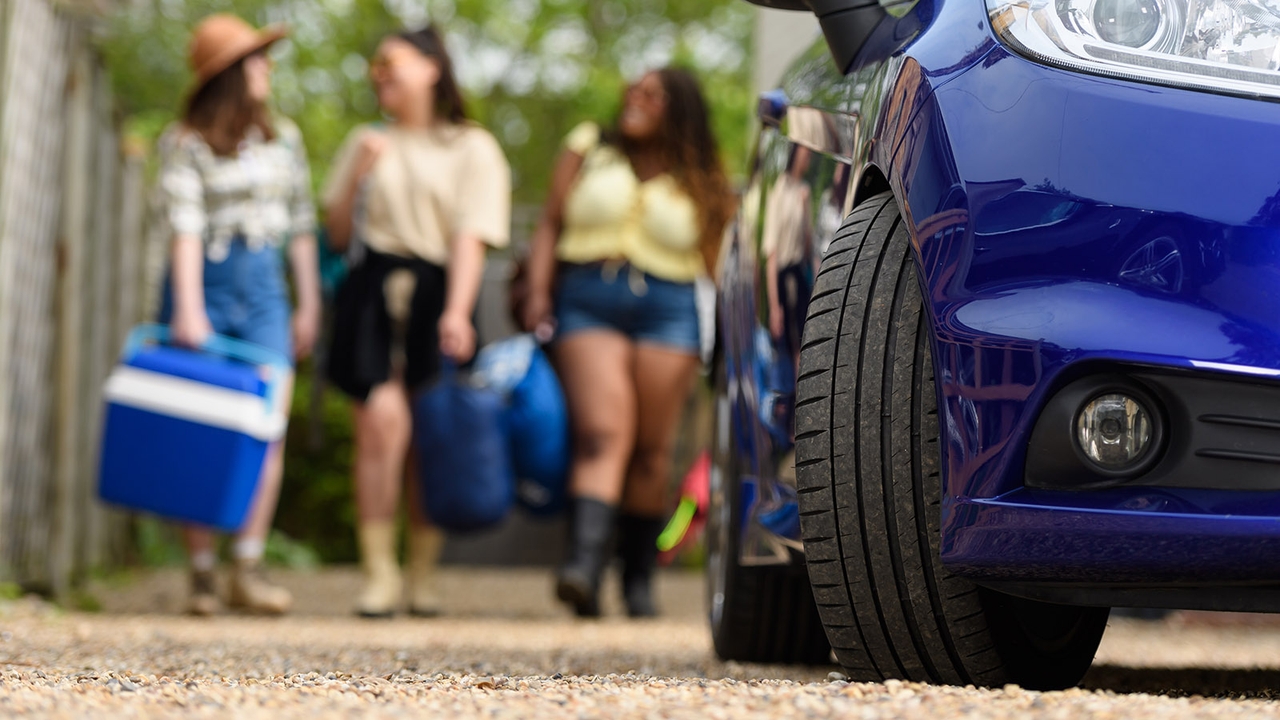
Our first motorway driving tip starts before you've even hit the road. You should thoroughly check your vehicle in advance of your motorway journey, to make sure it's safe to use.
That means checking to see that your tyres are correctly inflated, in good condition and have enough tread – find out more using our tyre checking guide. You should also make sure any servicing or maintenance is carried out before venturing onto the motorway, because recovering a breakdown there is harder and more dangerous than on regular roads. You'll also thank yourself for topping up your screenwash to keep your vision clear, especially in wintry weather.
It's also a good idea to make sure you have enough fuel for your journey. Not least to avoid the risk of running out on the motorway, but also because fuel prices at motorway service stations are much higher than regular fuel stations in towns or cities.
How to drive on the motorway
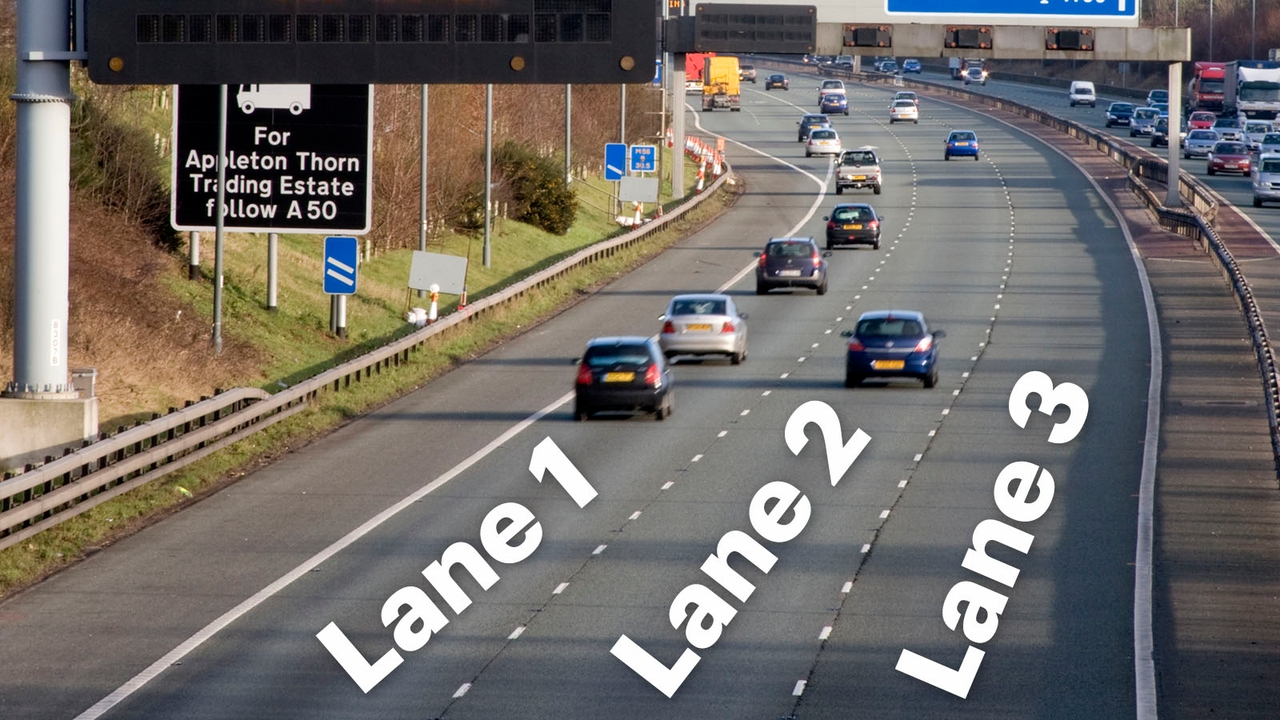
Here are our top tips for motorway driving in the UK:
- Keep left
- You should drive in lane 1 (the left-hand lane) at all times
- Only use lane 2 (the middle lane) to overtake slower traffic in lane 1
- Only use lane 3 (the right-hand lane) to overtake slower traffic in lane 2
- Once you've completed your overtake, move back to lane 1 – or to lane 2 then lane 1 – when it's safe to do so
- Overtaking on the motorway
- You may only overtake another vehicle by passing it on the right-hand side
- Before overtaking, thoroughly check the lane you'll be moving into
- Check using your door mirror and by looking over your shoulder
- Do not move into the overtaking lane if you will block or impede other traffic
- Wait until the overtaking lane is clear, using your indicator to signal your intentions, then move over once it's safe
- Maintain your higher speed to pass slower traffic then, using your mirrors and signals, safely return to lane 1

- Be aware of traffic around you
- You should have a good idea of what's going on around you, even if you're not changing lanes
- Get into the habit of regularly checking your mirrors to be aware of surrounding traffic
- This lets you spot potential dangers or approaching emergency vehicles before they arrive
- Indicate in good time
- Use your indicator to signal your intention to change lane or to enter or exit the motorway
- That means indicating on the slip road well before merging onto the motorway, for example
- Only begin your manoeuvre when it's safe and you won't be moving into the path of other traffic
- Don't undertake
- Undertaking – or passing another vehicle on the left-hand side – is illegal in the UK
- Doing so puts you at risk of a collision if traffic merges back over from lane 2 or 3
- Only ever overtake traffic on the right-hand side
- In congested traffic and on slip roads, you are allowed to pass cars on the left side to keep up with traffic in your lane
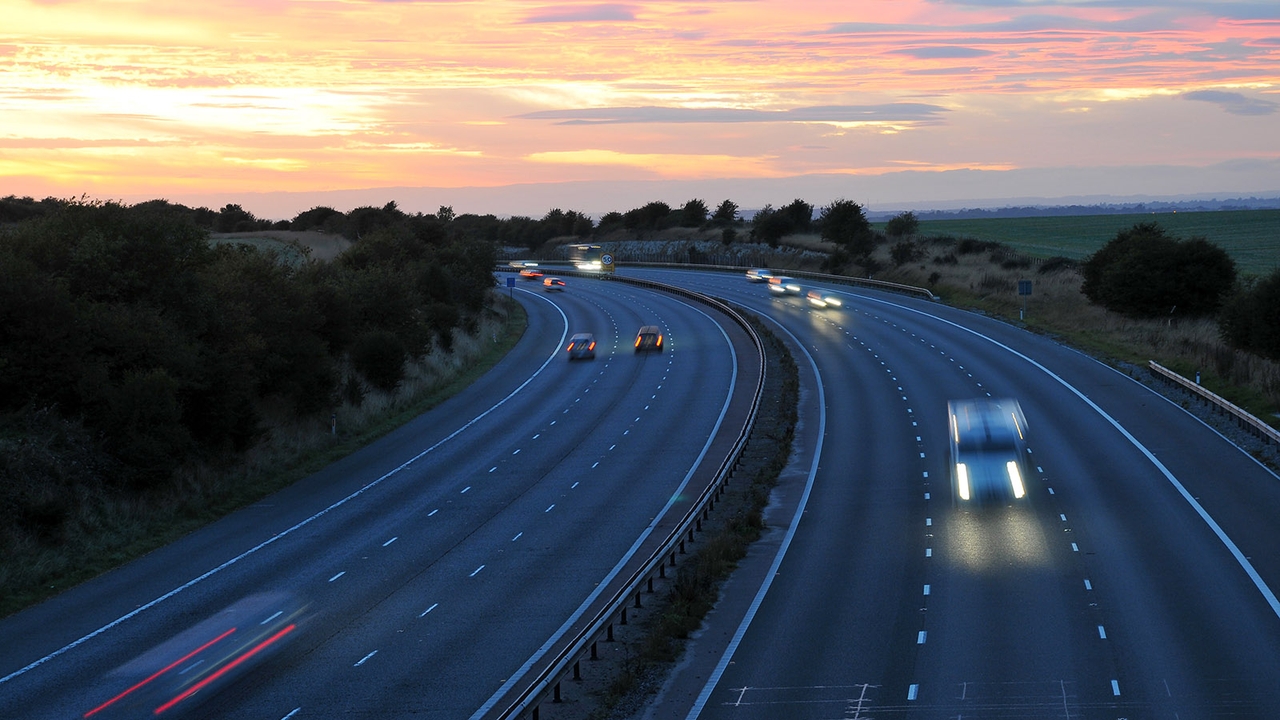
- Speed
- The maximum speed on the motorway is 70mph for cars, vans, motorcycles and goods vehicles under 7.5 tonnes
- There is no official minimum speed limit, but going excessively slowly might be classed as dangerous driving
- Lots of motorways see traffic travel faster than 70mph so keep an eye on your speed if you want to avoid a fine or points on your licence
- Keep a safe distance from other vehicles
- Use the two-second rule to ensure you have enough time to react if traffic ahead suddenly stops
- Pick a fixed point on the roadside such as a sign or post
- Either out loud or in your head, count the time between the vehicle ahead passing that point and you passing it
- This gap should be at least two seconds
- You can say a word between the numbers to more accurately estimate the length of a second, such as 'thousand' or 'Mississippi'
- You should double this distance in the rain
- Use the two-second rule to ensure you have enough time to react if traffic ahead suddenly stops
- Be aware of changing speed limits and closed lanes
- Overhead gantries will show any changes to the 70mph limit – these are digital signs that can also warn of upcoming hazards
- If a gantry is showing a red X over a lane, you must not use that lane – it has been closed. Passing under a red X can result in a fine and points on your licence
- The couple of gantries before a red X will usually show a 'move over' arrow to warn you of an upcoming lane closure
- Lane closures usually happen because a car has broken down in that lane, so pay attention and watch for cars merging into your lane
Stopping on the motorway

You are not allowed to stop on a motorway. Doing so would put you and other drivers in danger because of the high speeds involved. If you have a medical or mechanical emergency that means you absolutely have to stop, you should try to safely make your way over to the hard shoulder or an Emergency Refuge Area.
- How to use the hard shoulder
- In an emergency, you can stop and arrange assistance on the hard shoulder
- The hard shoulder is to the left of lane 1, separated by a solid white line
- Use your hazard lights at all times whether joining or stopping on a hard shoulder
- Once stopped, have all passengers exit the car through the left-hand doors furthest from the motorway
- Then be sure to stand well away from your stopped car to avoid a secondary accident
- Be sure to stand a distance to the rear of your car – you don't want another car to crash into your car and send it flying forward into you
- When rejoining the motorway from a hard shoulder, build up speed on the shoulder first before safely merging back into lane 1
- Not all motorways have hard shoulders, such as smart motorways, in which case look out for an Emergency Refuge Area
- How to use an Emergency Refuge Area
- If you have an emergency on a smart motorway or a route without a hard shoulder, you can stop in an Emergency Refuge Area
- These are marked lay-bys on the left-hand side placed roughly every 1.5 miles
- You'll usually spot them from their signs and orange road surfacing
- Every Emergency Refuge Area will have an emergency phone so you can arrange assistance
- Use the same precautions when joining, stopping on or leaving an Emergency Refuge Area as you would on a hard shoulder
- If you can't reach the hard shoulder or an Emergency Refuge Area
- Attempt to move your car to the left as much as possible
- Remain in your car with all passengers wearing their seatbelts
- Keep your hazard lights on
- Phone 999 and ask for the police as soon as possible
Motorway lanes explained
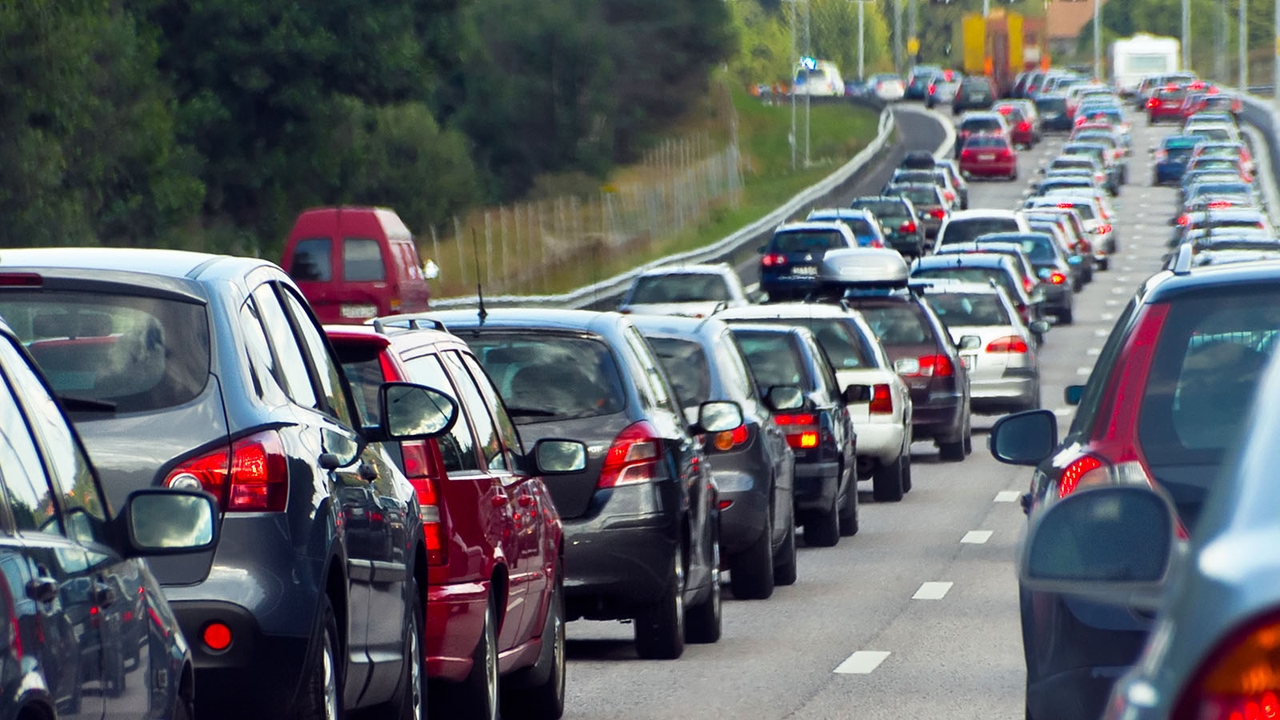
In the UK, motorways usually have three lanes, numbered from left to right 'lane 1', 'lane 2' and 'lane 3'. You should only ever drive in lane 1 unless you're overtaking slower traffic.
Lanes are divided in the UK using line markings. Intermittent or broken dividing lines mean you can change between those lanes if it's safe to do so. Solid white lines, like those that separate the main motorway from the hard shoulder, should not be crossed at any time except in emergencies.
How to join a motorway
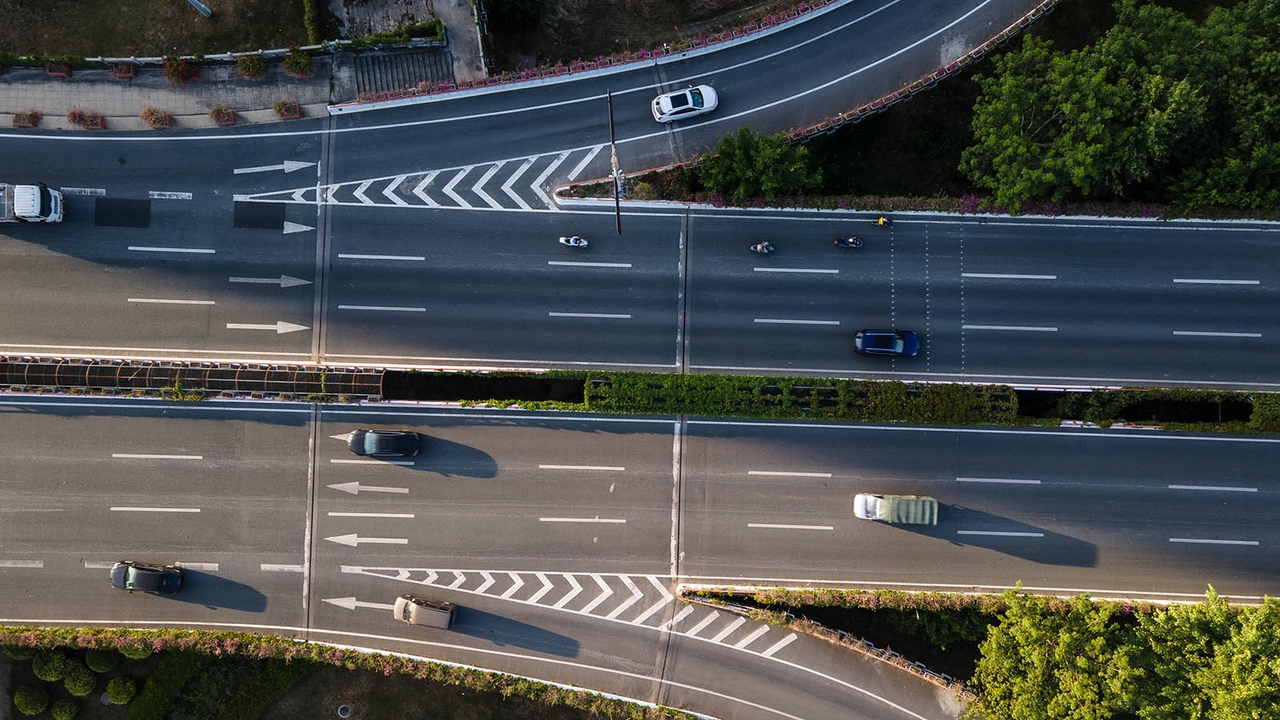
You join a motorway using a slip road, which gradually feeds into lane 1. While travelling down the slip road, you should accelerate up to a similar speed as vehicles in lane 1, so you don't back up traffic when merging. Make sure to use your right-hand indicator to clearly show your intention to join the motorway.
As you're preparing to merge, keep a constant eye on the traffic in lane 1. You may need to slot yourself into a gap between vehicles already on the motorway, so adjust your speed accordingly to avoid getting too close to anyone else. Use your mirrors and check over your shoulder before merging into lane 1.
How to leave a motorway
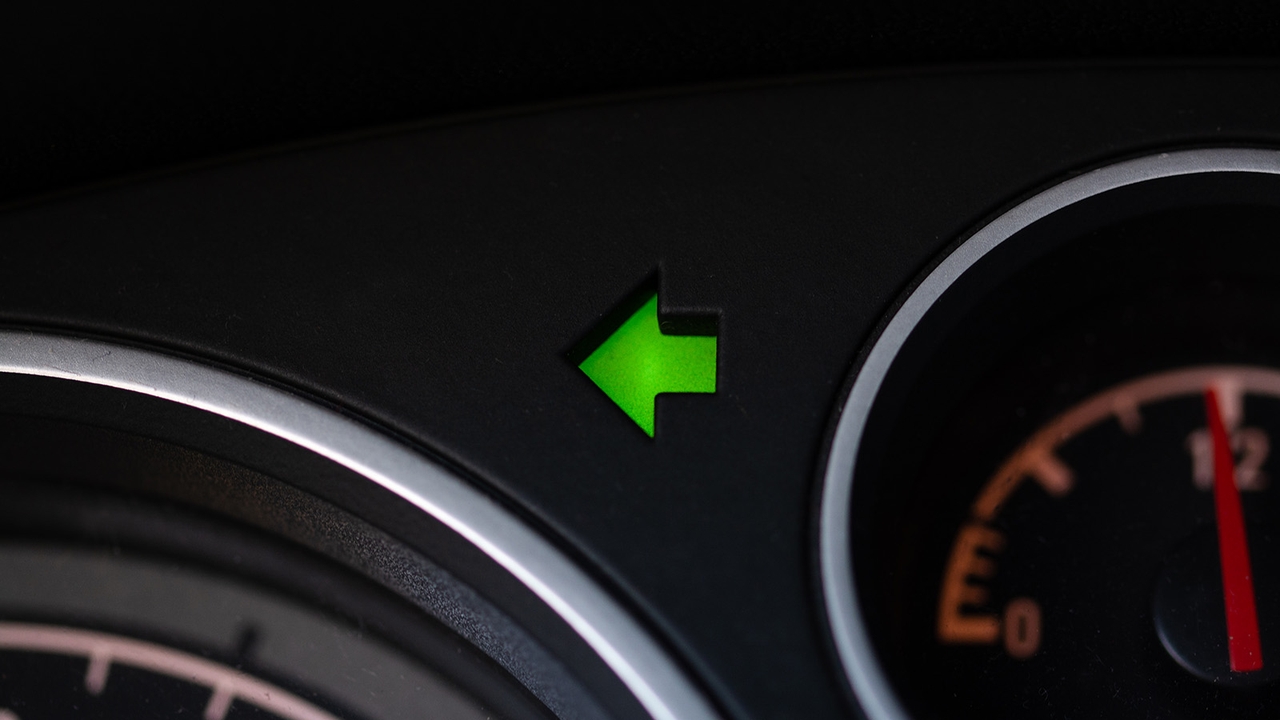
You'll also take a slip road to exit a motorway. This gradually splits away from lane 1 and gives you time and space to slow back down to regular road speeds.
As you approach your exit, safely make your way over to lane 1 if you're not already there. Put your left-hand indicator on well in advance of leaving the motorway to show your intention to leave. Then, when safe, move from lane 1 to the exit slip road.
Most slip roads lead to roundabouts or other junctions, so make sure you slow down enough to safely navigate these roads. Travelling at motorway speeds can fool you into thinking you're going slower than you actually are when you return to regular road speeds – use your speedometer to double-check how fast you're going.
How to drive long distances

Motorways are the easiest and safest way to travel long distances in the UK. However, there are some potential hazards that come with travelling very long distances that might not be immediately obvious.
The riskiest of these is inattention. Driving at a steady speed on a mostly straight road for hours on end can be quite boring, allowing your mind to wander or, in the worst-case scenario, start drifting off to sleep. This can very quickly lead to a crash at motorway pace, so make sure to take regular breaks to keep yourself perked up – a shot of caffeine or even a nap might be what's needed to make sure you can keep driving.
Use your car's mod cons to keep you entertained en route and travelling in the right direction. A sat-nav takes the guesswork out of route planning and can adjust its course based on live traffic information. Then there's a myriad of entertainment apps that let you enjoy digital radio, podcasts or streaming music as you travel, which can keep your brain firing on all cylinders. Why not check out some of our favourite cars for long-distance driving?
How to drive on the motorway for the first time
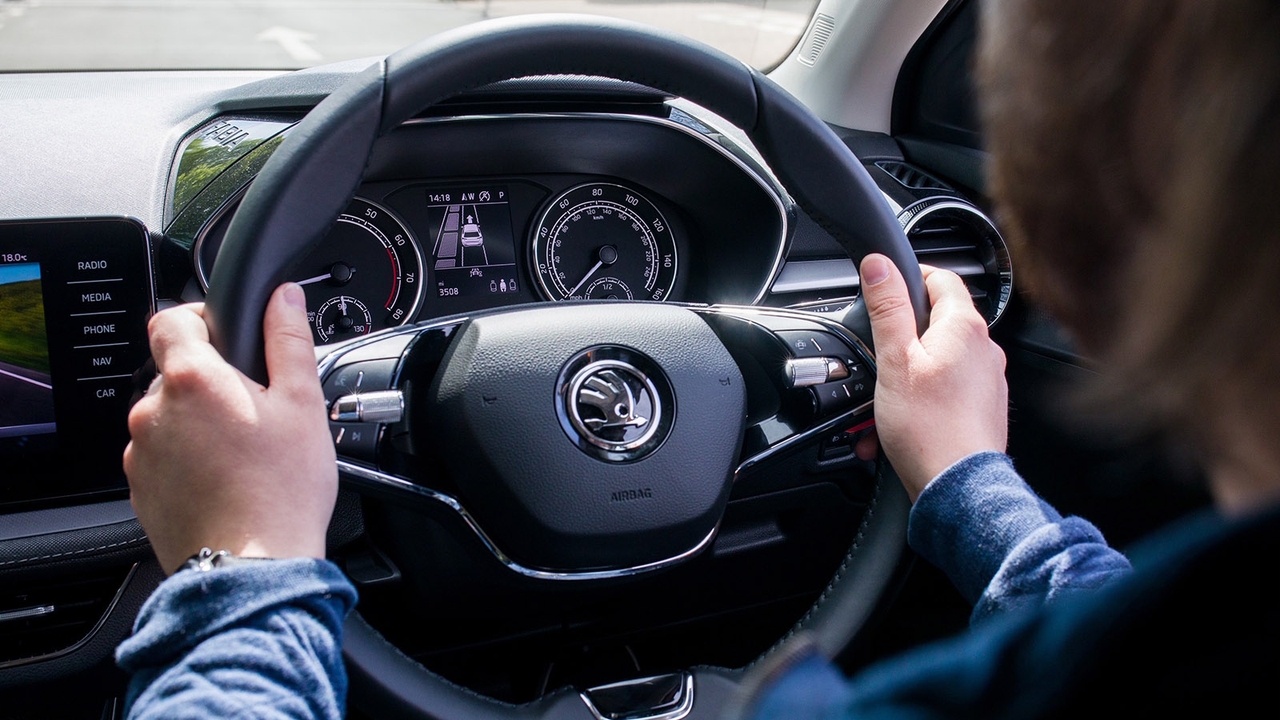
Driving on the motorway for the first time as a new driver can be a little daunting. You should already have some experience driving at 70mph on dual carriageways, but motorways usually carry more traffic and demand more awareness when entering, exiting or changing lane.
One of the common mistakes first-time motorway drivers make is wobbly steering. This happens because you're used to looking at a certain point ahead of you when driving at town speeds, but you'll need to mentally adjust that point further ahead of you when going at motorway speeds. Focus your eyes further down the road and you'll find that your steering becomes smoother as your hands follow the curve your vision is guiding you along.
Find the right car for motorway driving
Motorpoint's huge selection of used cars are backed by our Quality Standard to give you ultimate peace of mind.

































